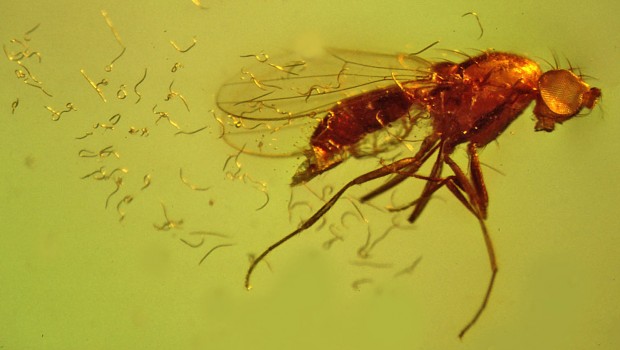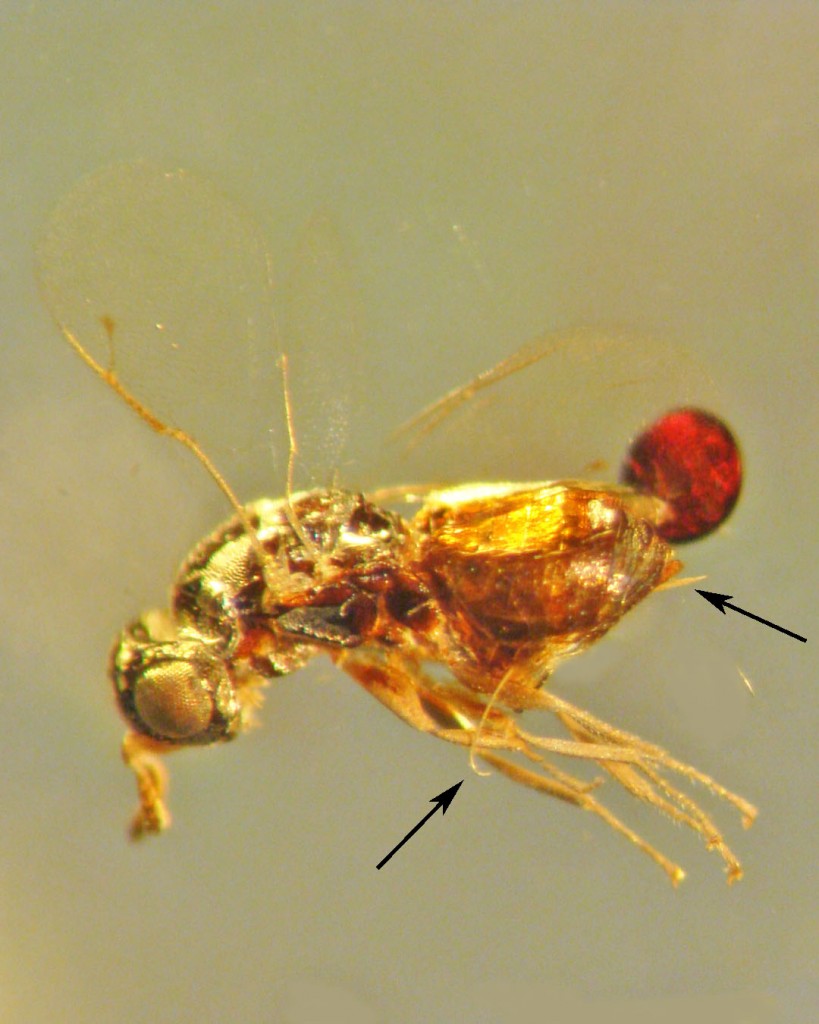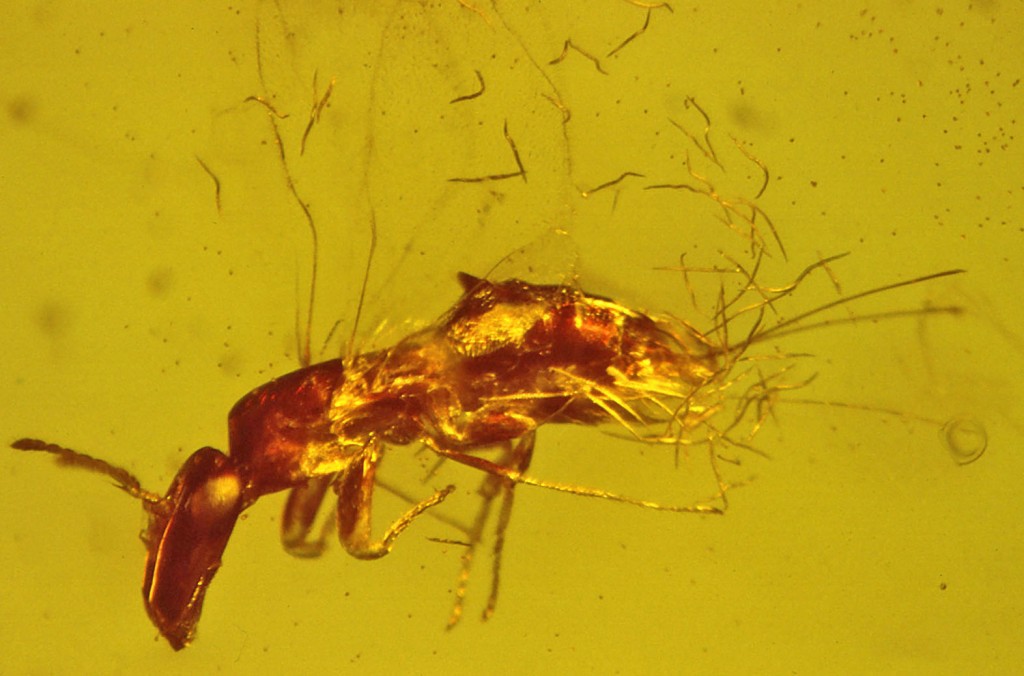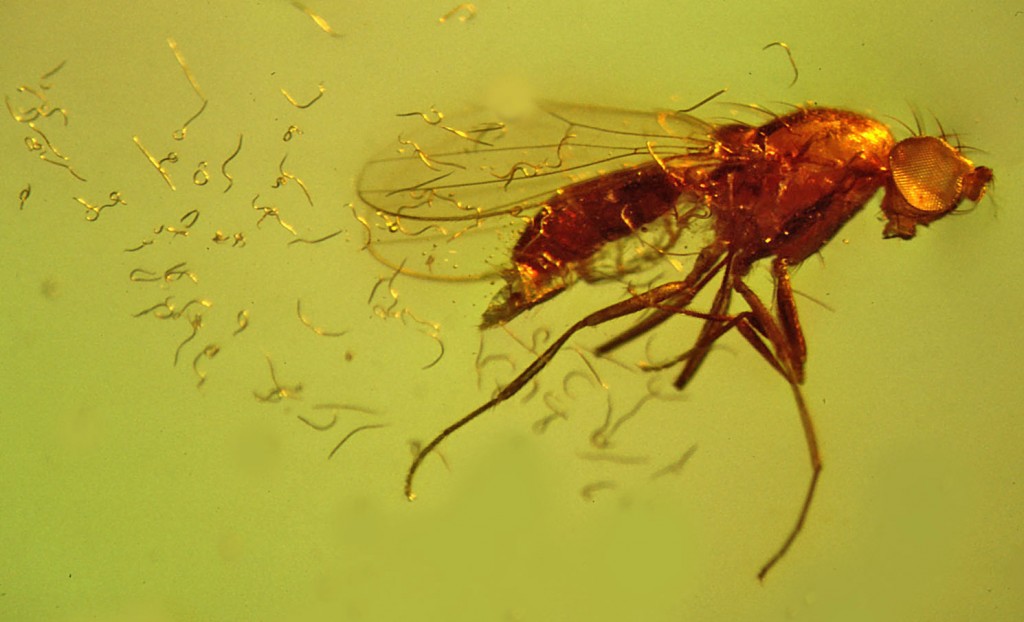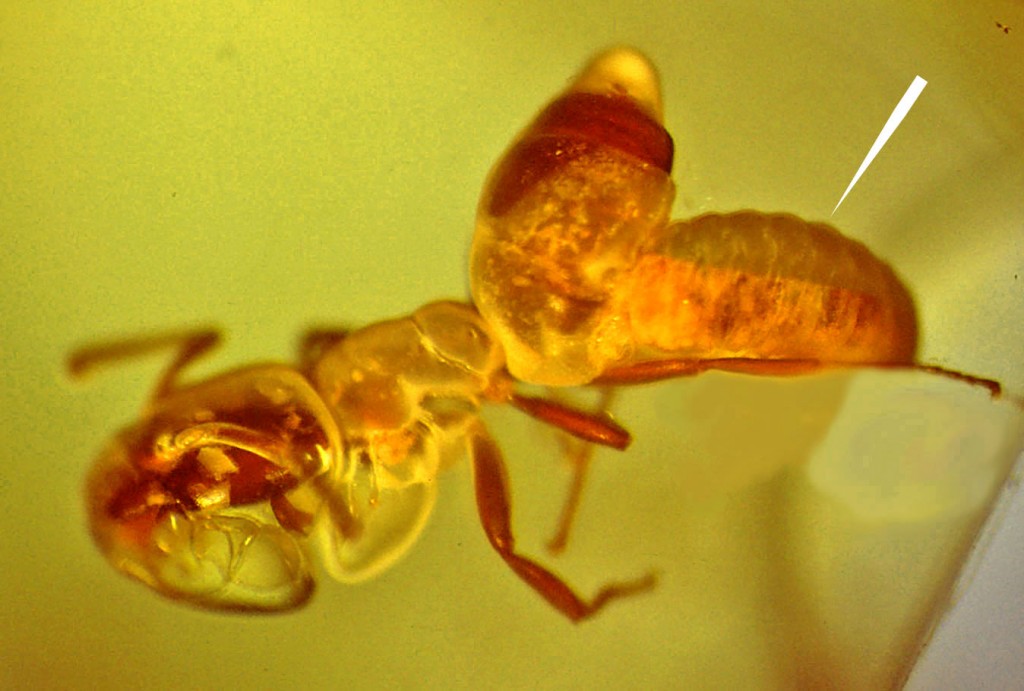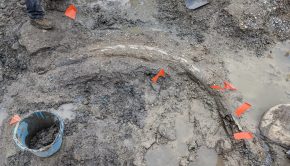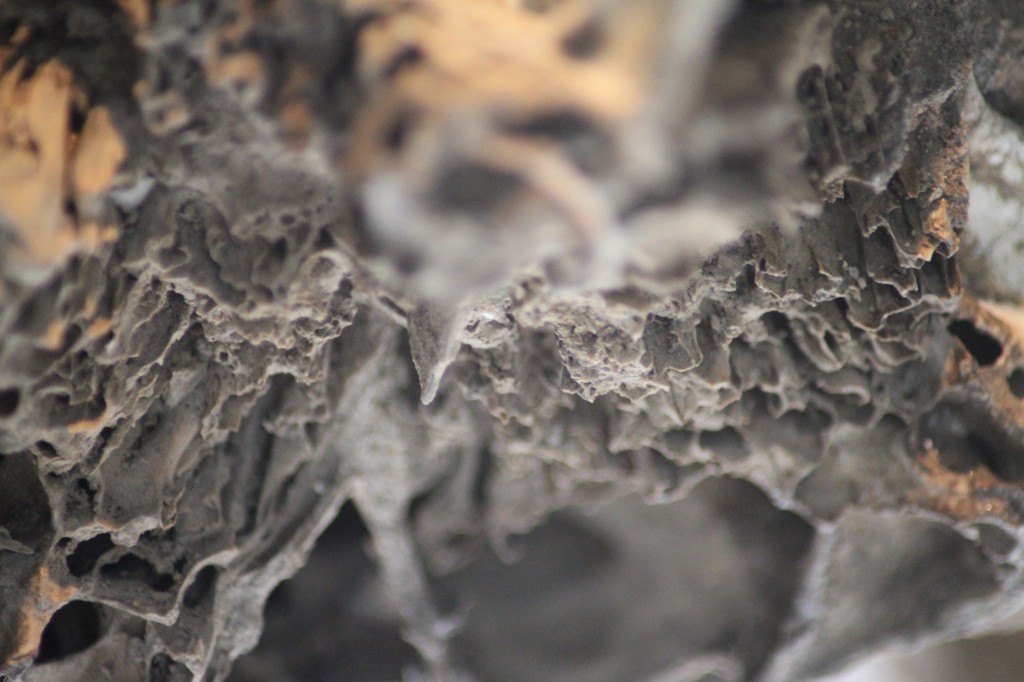Episode 3: Amber and parasitism
In our first episode on the early origins of life, we discussed how without symbiosis or mutualism (the co-operation of organisms) life as we know it would not have evolved past its most basic levels. Within each Eukaryotic cell, mitochondria and/or chloroplasts are responsible for metabolism. However these organelles are actually endosymbionts and have their own DNA, this relationship is so mutually beneficial that their reproduction has become synchronised.
If the relationship benefits one organism, but has little effect on the other organism, this is termed commensalism. If an organism benefits at the cost of another organism, without benefiting the host, then this is parasitism. Parasites can cause a wide range of detrimental effects and can even be fatal to the host organism. Parasitism has a massive effect today on both our agriculture and healthcare industries, so for this reason understanding the evolution of parasites is massively important.
Upon first glance amber and parasitism may seem an odd coupling, but amber is one of the only windows through which we can see parasitism in the fossil record. Within this solidified tree resin, organisms become almost entirely isolated from outside conditions, this can cut out much of the normal taphonomic process, leaving them almost morphologically unaltered. Details can be preserved down to the cellular level, so even something as subtle and intricate as the parasite – host relationship can be observed.
Podcast: Download (Duration: 48:58 — 112.1MB)
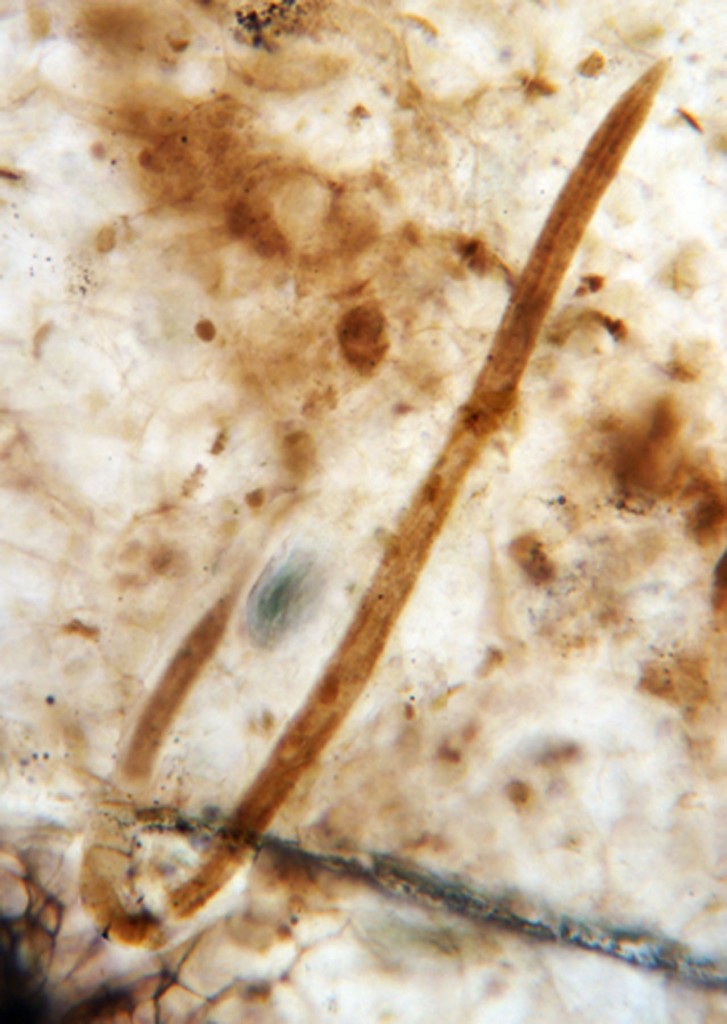
Nematode worms are one of the most numerous and diverse group of animals on the planet, but because they have entirely soft bodies, their likelihood of preservation in the fossil record is low
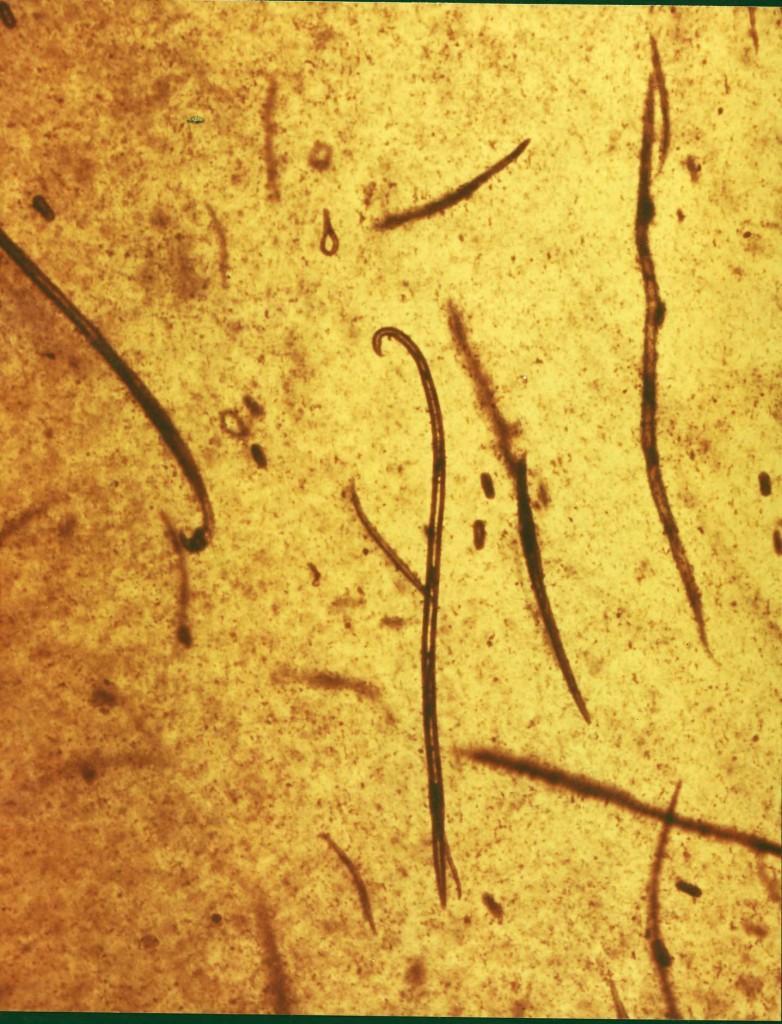
Tree resin provides a unique medium for the preservation of small, soft bodied, animals, encapsulating them and protecting them from the outside environment
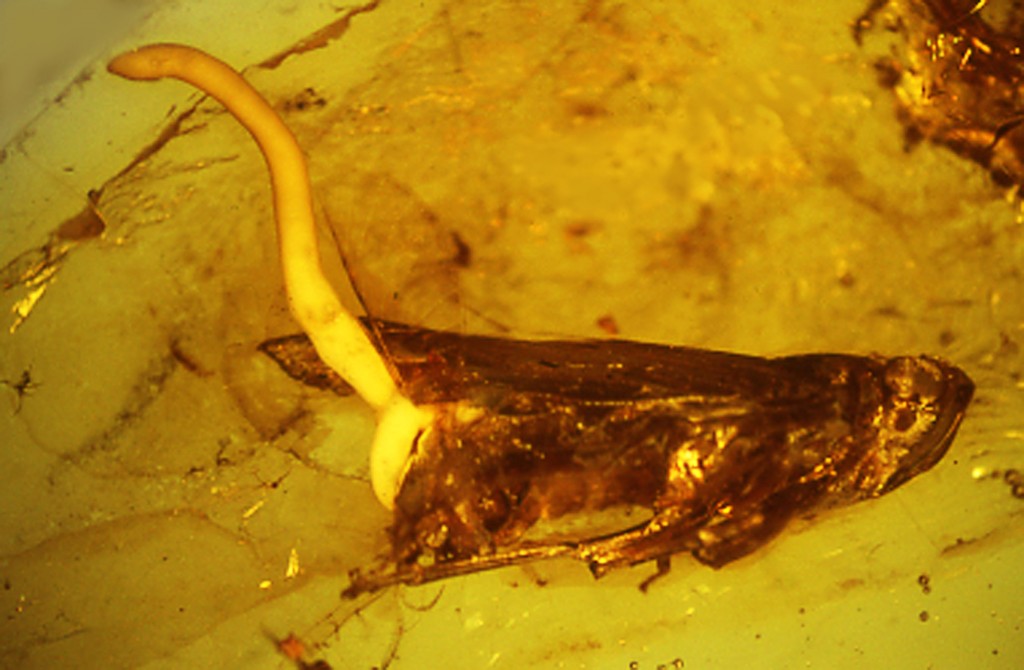
Nematode worms are also common as parasites. Once an animal is trapped in the sticky tree resin the parasitic worms will try escape their dying host by any route they can
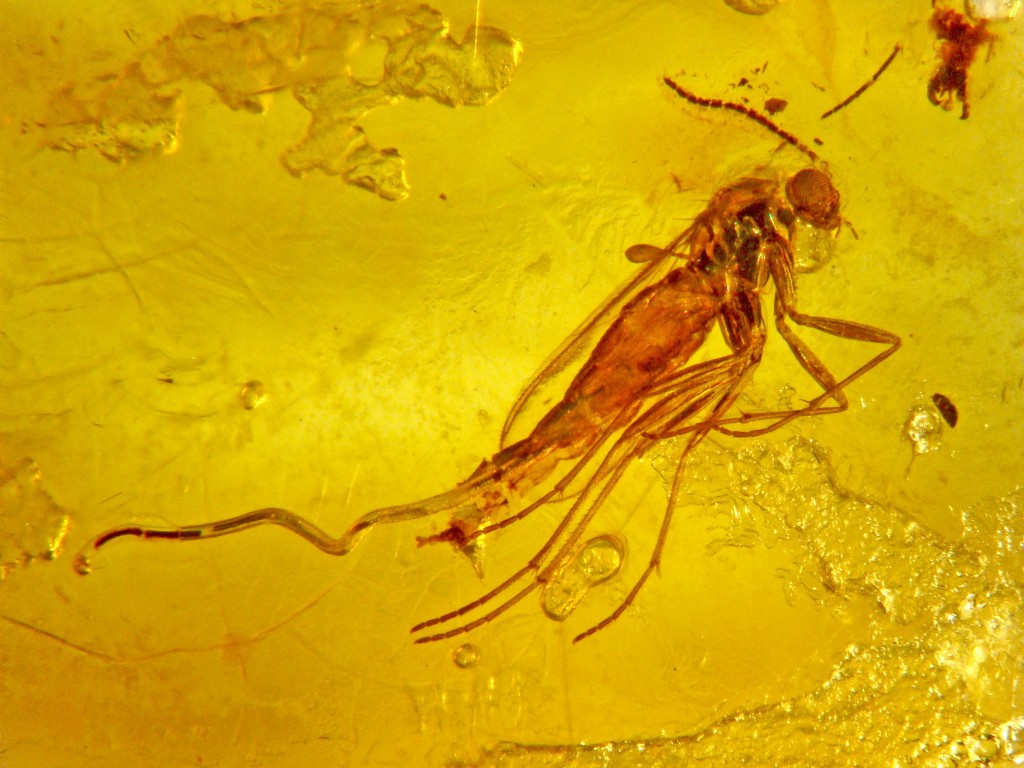
The escaping nematode will also find itself in the same sticky situation as the host; here both are preserved in their last stages of struggle
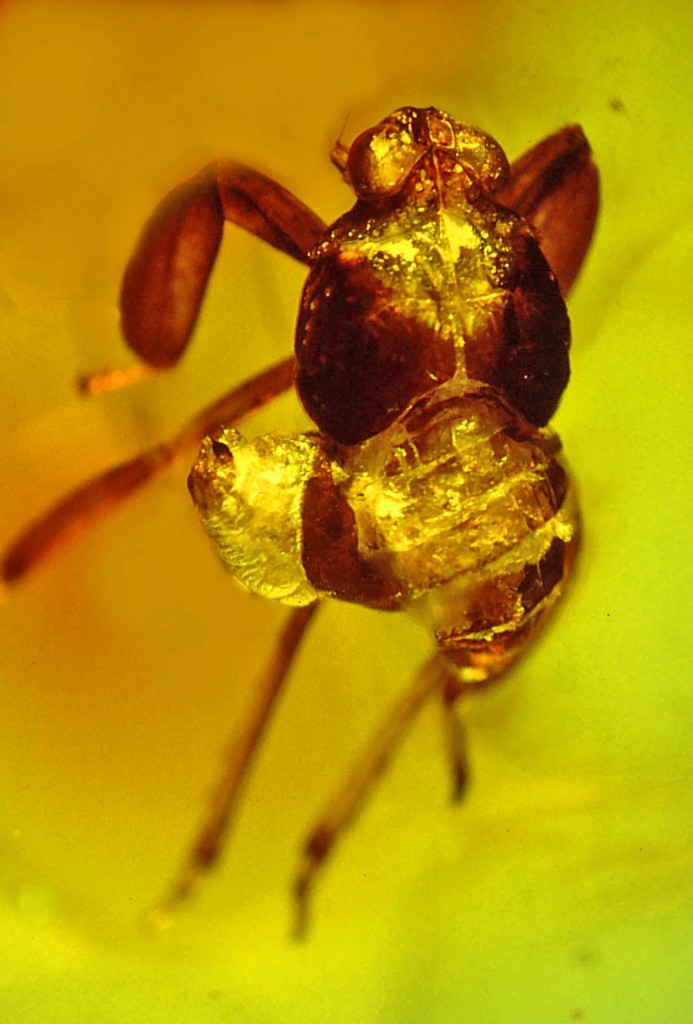
Nematode worms are not the only parasites to be found in insects, parasitic wasp larvae can also be seen emerging from their hosts
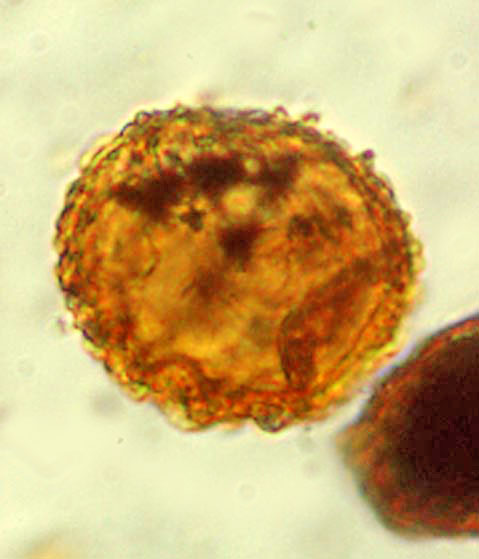
Amber is not the only medium in which parasites can be found. Nematode eggs have even been recovered from coprolites, showing that even dinosaurs suffered from parasitism
Images courtesy of Dr George Poinar, OSU.

